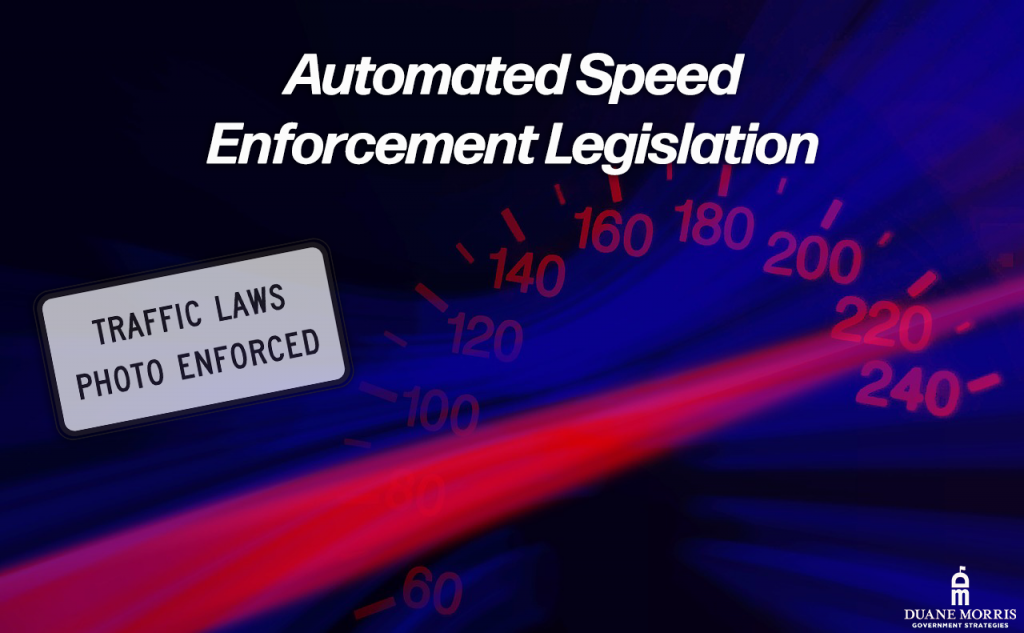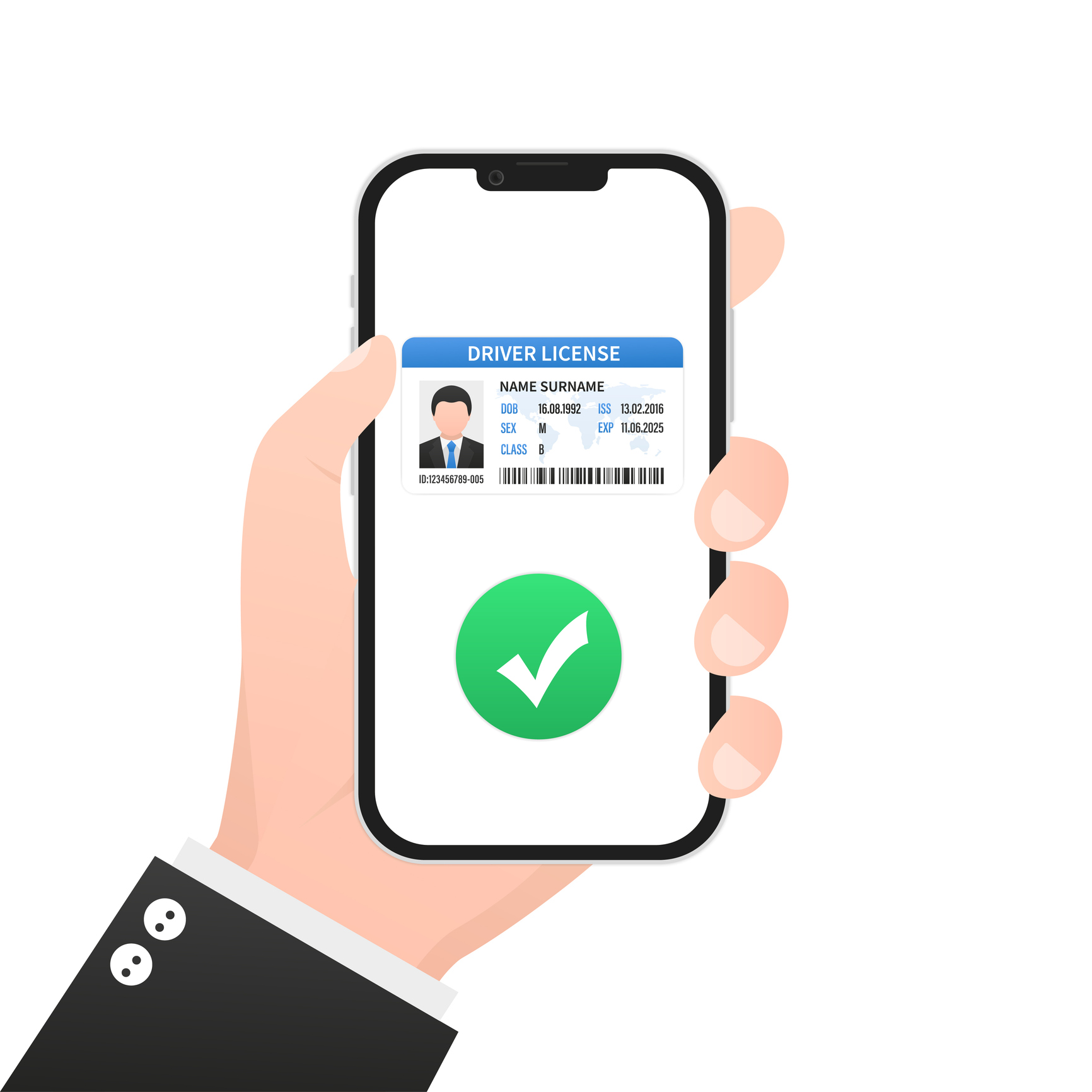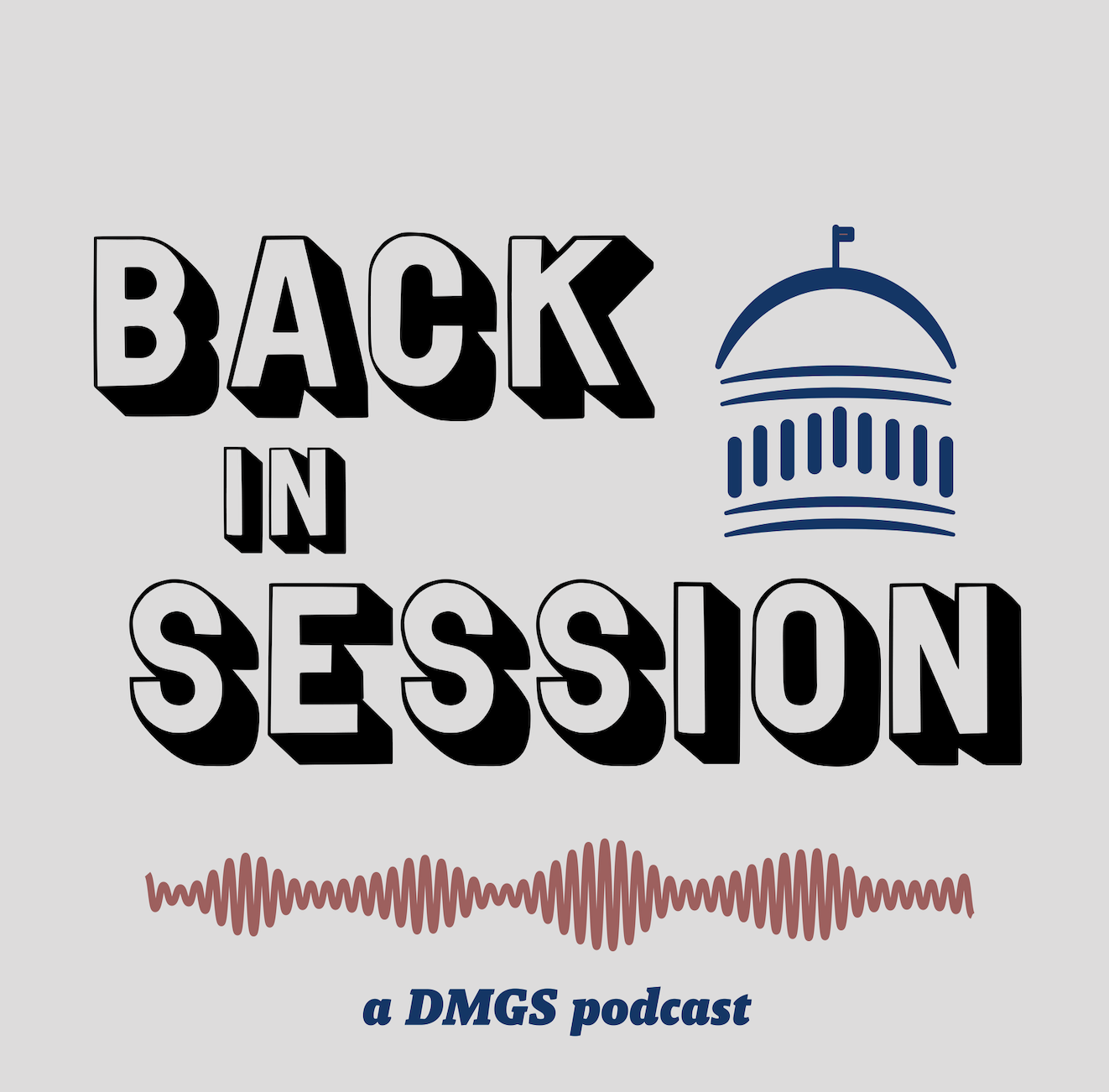
According to the National Highway Traffic Safety Administration (NHTSA), speeding killed 9,478 people in 2019. NHTSA also reported that speeding had been involved in about one-third of all motor vehicle fatalities in the last two decades. That figure was 26% in 2019 alone. In order to reduce speeding generally, or specifically in school zones or work zones, lawmakers around the country have been busy with automated speed enforcement legislation as a solution. The Governors Highway Safety Administration’s believes automated enforcement is intended to augment, and not replace, traditional traffic enforcement and serves as a reminder to drivers that there is always a risk of “getting caught” when speeding.
Automated speed enforcement (ASE) is an issue that DMGS covered last year. As we begin the 2022 legislative sessions, lawmakers around the country are looking to introduce additional ASE legislation. Some of the legislation would allow for automated speed enforcement in general, and some would expand it. In contrast, others would limit certain locations or ban ASE altogether.
Arizona
SB 1134 was introduced by Arizona lawmakers this month to ban photo enforcement systems. Specifically, the bill states that a local authority or state agency cannot use a photo enforcement system to identify violators for excessive speed or failure to obey a traffic control device.
The bill’s legislative intent states that the purpose is to “keep the enforcement of the laws in this state in the hands of trained law enforcement officers who are authorized by the people of this state to enforce the laws.”
Connecticut
Included in Connecticut’s budget bill, SB 1202, that passed last year was a provision related to ASE. Expressly, the bill permits establishing a pilot program to operate work zone speed control systems in a highway work zone. The bill further permits that the pilot program shall run in no more than three locations in the state at any one time.
Connecticut’s pilot program is set to terminate on December 31, 2023.
Florida
Florida lawmakers have introduced numerous pieces of automated speed enforcement legislation already in 2022, including HB 797. The legislation would allow a county or municipality to contract with an automated speed enforcement provider to install cameras in school speed zones to enforce school zone speed limits by recording photographic images.
HB 797 puts several requirements in place before a camera or cameras are installed in a school speed zone. Such requirements include requiring the automated speed enforcement provider to:
- Conduct a speed study for 2-5 days to determine how many motor vehicles pass through the school speed zone and the number of vehicles that exceed the posted speed limit within the school speed zone;
- Conduct a public information and education campaign for at least 30 days to educate drivers about photographic enforcement of school zone speed limits and the penalties for violating the bill;
- Conduct a biannual speed enforcement study within the school speed zone and submit the results in a report to the school and school district;
- Annually calibrate all equipment used in the photo enforcement of school zone speed limits and submit a written report of the calibration to the entity which has jurisdiction over the roadway where the equipment is located; and
- Conduct a public information and education campaign to educate the drivers about photo enforcement of school zone speed limits and the penalties for violating the bill for at least 30 days immediately preceding the beginning of each school year.
The bill also requires that any violators be issued a warning and not liable for a civil penalty within the first 30 days of a camera or cameras being installed in a school speed zone.
Indiana
The Indiana House Roads and Transportation Committee held a public hearing on January 12 to address various bills, including one piece of automated speed enforcement legislation.
The ASE legislation covered in the hearing was House Bill 1150, which would permit automated traffic enforcement in school zones. The bill would allow a county, city, or town to adopt and enforce an ordinance to regulate the placement and use of automated traffic enforcement safety devices to detect certain traffic offenses in school zones.
Another bill pending in the House Roads and Transportation Committee is House Bill 1035, which would create a highway work zone speed enforcement pilot program. Specifically, the ASE legislation would authorize the state police department and INDOT to establish a pilot program to enforce highway work zone speed limits. Fines collected by the pilot program would go into the Automated Work Zone Speed Enforcement Pilot Program Fund.
Senate Bill 179, a separate piece of automated speed enforcement legislation, would create an automated traffic control system pilot program. INDOT would establish the program to enforce worksite speed limits. The bill also establishes the fallen state trooper family relief fund. Fines from paid violations of worksite speed limits would go into the fund. They would subsequently provide financial assistance to surviving families of state troopers killed in the line of duty.
Iowa
Senate Study Bill 3012 was introduced by lawmakers this month to prohibit the use of automated or remote systems for traffic law enforcement. The bill would require a local authority using an automated traffic enforcement (ATE) system to discontinue its use and remove system equipment prior to July 1, 2022. Further, after that date, all local ordinances authorizing the use of ATE systems would be void.
The bill defines an “automated or remote system for traffic law enforcement” as a camera or other optical device designed to work in conjunction with an official traffic control signal or speed measuring device to identify motor vehicles violating traffic laws, and the use of which results in the issuing of citations.
Maryland
Maryland already has at least two bills that would allow speed monitoring systems on different roads in Anne Arundel County. Both bills were scheduled for a hearing on January 18.
SB 43 would authorize the placement and use of speed monitoring systems on Maryland Route 648 (Baltimore-Annapolis Blvd) in Anne Arundel County.
SB 75 would similarly authorize the placement and use of speed monitoring systems on Patuxent Road through Historic Woodwardville in Anne Arundel County.
Washington
Numerous automated speed enforcement legislation is already seeing traction in Washington’s 2022 session. Senate Bill 5707 and Senate Bill 5687 were heard in committee hearings in mid-January. Both bills would allow for automated traffic safety cameras in certain locations.
Another bill, HB 1969, would authorize the limited use of automated traffic safety cameras for speed violations outside of school speed zones.
Latest News
Photo credit: iStock.com/StudioGraphic As technology continues to evolve, digital driver's licenses (also known as mobile IDs) are gaining traction across the United States. States are increasingly exploring legislative measures to modernize driver identification systems, enabling [...]
NetChoice and AI regulation In this episode of the Back in Session podcast, hosts Ryan Stevens and Ryan DeMara sit down with Amy Bos, Director of State and Federal Affairs at NetChoice, to discuss the [...]
In this episode of the Back in Session Podcast, hosts Ryan Stevens and Ryan DeMara are joined by Mark Hutchinson, the CEO and founder of Blue Line Solutions. This episode offers an in-depth look into [...]
Photo credit: iStock.com/yacobchuk The use of cell phones by students in classrooms is on the rise, despite 77% of schools prohibiting cell phones at school for non-academic use. With students often disregarding these rules or [...]





Stay In Touch